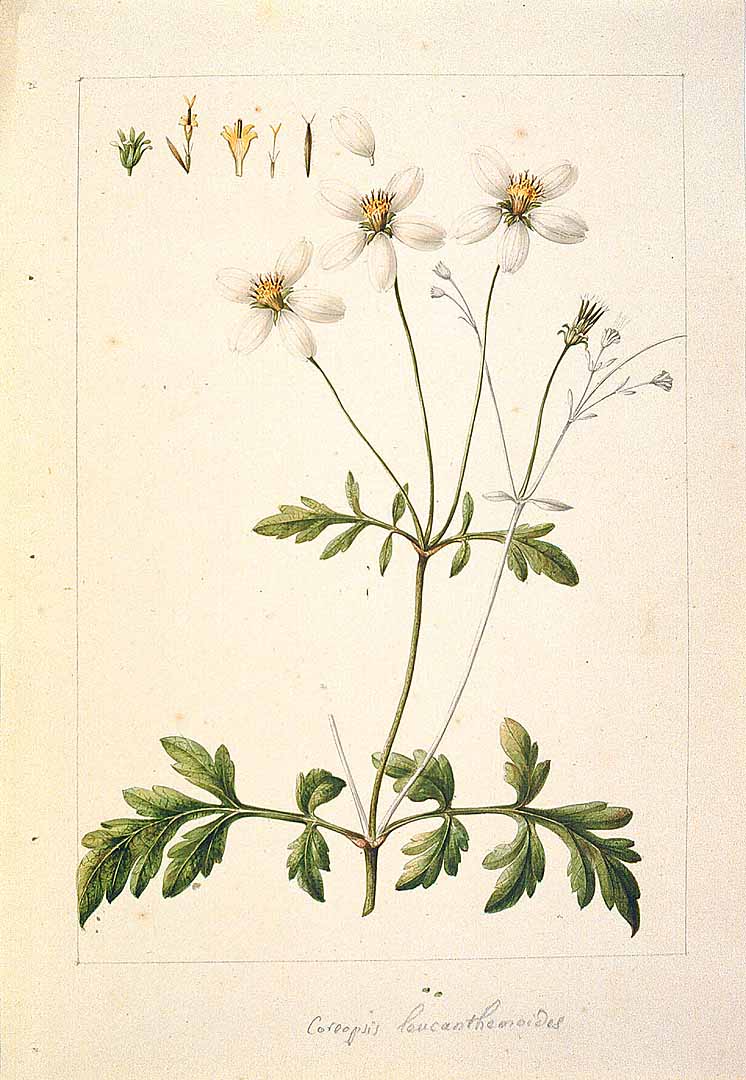! Nouveau site ici !
Vita > Plantae > Magnoliophyta > Magnoliopsida > Asterales >
Asteraceae > Bidens
Bidens pilosa
(Bident)
![Illustration Bidens pilosa, Par Britton, N.L., Horne, F.W., Popular flora of Puerto Rico, Flora Borinqueña [unpublished watercolors] Popular Fl. Puerto Rico, via plantillustrations](../inc/images/illustrations/bidens_pilosa2.jpg )
 | ** - **
| ** - **
Vita > Plantae > Magnoliophyta > Magnoliopsida > Asterales >
Asteraceae > Bidens
Bidens pilosa
(Bident)
![Illustration Bidens pilosa, Par Britton, N.L., Horne, F.W., Popular flora of Puerto Rico, Flora Borinqueña [unpublished watercolors] Popular Fl. Puerto Rico, via plantillustrations](../inc/images/illustrations/bidens_pilosa2.jpg )
Une petite herbe annuelle dressée avec de petites graines noires en tête. C'est une herbe ramifiée dressée de 0,2 à 1,5 m de haut. Les branches ou tiges ont des lignes ou des crêtes parallèles. Les tiges... (traduction automatique)
→suite
⬀
Le  donne accès au menu
donne accès au menu (c'est votre point de repère) 😊 ;
En dessous vous avez la classification, à partir de la vie (Vita, premier rang) jusqu'à la classe au dessus de la plante, dont vous trouvez ensuite le nom scientifique/botanique (latin) puis le nom commun (français), le cas échéant ;
C'est aussi un lien vers la fiche complète (tout comme la ✖, en bas à droite, et le +, en dessous de la description) ;
Vient alors l'illustration (ou ce qui la remplace, en attendant), la comestibilité :
Et en bas
⬂


![Illustration Bidens pilosa, Par Britton, N.L., Horne, F.W., Popular flora of Puerto Rico, Flora Borinqueña [unpublished watercolors] Popular Fl. Puerto Rico, via plantillustrations - Fermer Illustration Bidens pilosa, Par Britton, N.L., Horne, F.W., Popular flora of Puerto Rico, Flora Borinqueña [unpublished watercolors] Popular Fl. Puerto Rico, via plantillustrations - Fermer](../../inc/images/illustrations/bidens_pilosa2.jpg )


